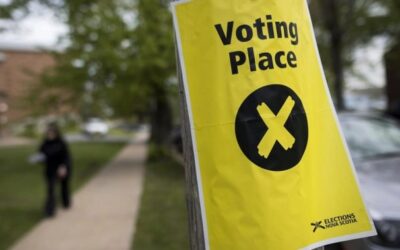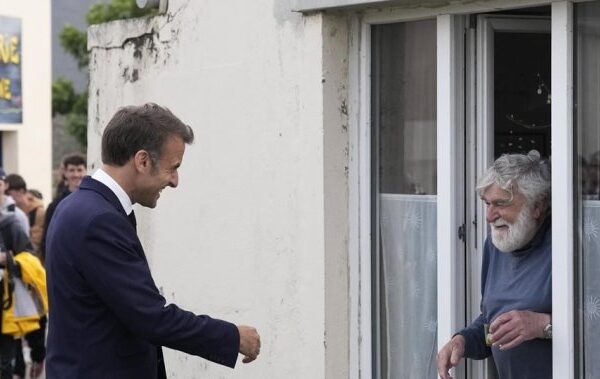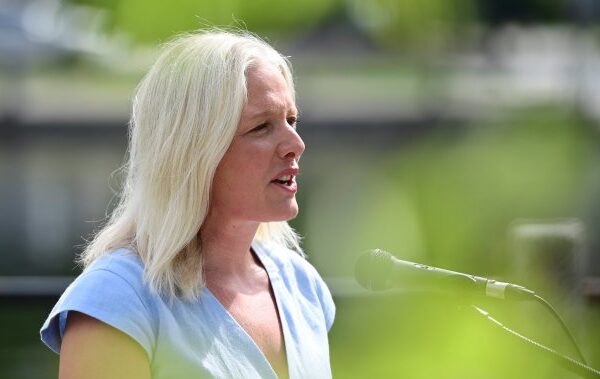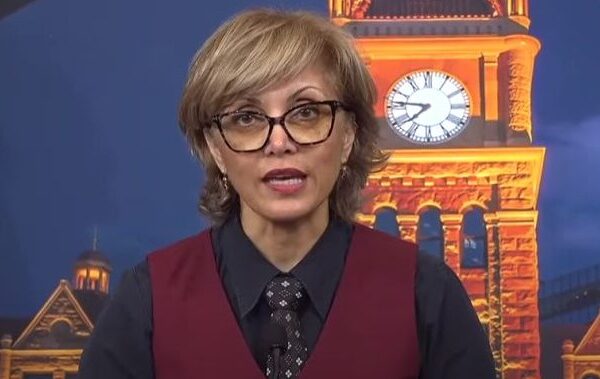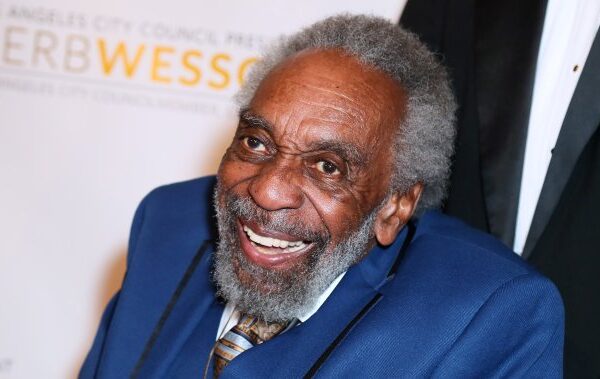
Calgary nears final stages of restoring full water use after water main break
Calgary Mayor Jyoti Gondek says emergency crews are nearing the final stages of restoring full water use after a massive water main break impacted the city’s water lines for nearly a month. At a news conference Saturday, Gondek said crews took preliminary samples during the pipe flushing process to send to Alberta Health Services for analysis. “This means that we are very soon approaching the final stages of restoring water supply throughout the city,” she told reporters. 1:52 Calgary water emergency: City awaits sample results before stabilization process begins “The preliminary tests appear encouraging and the final stabilization step is to gradually restore the main power supply to regular service. This is excellent news for all of us. The story continues below the advertisement A massive water main, a critical pipeline that carries water from the Bearspaw Water Treatment Plant to about 60 per cent of the city, ruptured June 5 in the Montgomery neighbourhood of northwest Calgary. The city relies on water from the South Glenmore Water Treatment Plant, which also supplies water to the remaining 40 percent of the city. Emergency crews have continually encouraged Calgarians to stop using water outdoors and minimize their water usage indoors by taking shorter showers, limiting laundry loads and reducing the number of flush toilets. 1:53 Calgary mayor calls for more water conservation efforts as consumption rises On Thursday, Gondek said Calgarians used 500 million litres of water, about 20 million litres more than the daily limit needed to ensure enough water is available for firefighting and health services. The latest health and medical news sent by email every Sunday. She said Calgarians need to continue to reduce their water use by 25 per cent to keep supplies from running out. The story continues below the advertisement In Saturday’s update, she said residents had turned the tide. “You have redoubled your efforts to conserve water and yesterday’s figures reached 460 million liters,” Gondek said on Saturday. “I was confident that you would rise to the occasion, as you have done a remarkable job in recent weeks to reduce your water consumption.” François Bouchard, Calgary’s director of infrastructure, said crews have continued to make good progress toward restoring water service. The teams followed a four-step restoration process that included filling, flushing, testing and stabilization, he said. “Yesterday we finished filling the main around 6 p.m. and last night we started flushing the line,” Bouchard said Saturday. “This involves pushing the water through the system and releasing it back into the river.” Once the flushing is complete, preliminary samples will be taken to test water quality, he said. So far, the results have been encouraging, he said. “If the tests show that the water is clean and safe, and we have confirmed that with Alberta Environment and Protected Areas and Alberta Health Services, we will move to the final stage of stabilizing the system,” Bouchard said. 0:59 Calgary water emergency: Pipeline flushing to begin, says Mayor Gondek Gondek said many people, including Premier Danielle Smith, are seeking answers about what caused the initial break and how to strengthen the city’s water system in the future. The story continues below the advertisement Speaking on his province-wide radio show, Your province. Your premier.Smith said developers told him water leaks in Calgary were “very high,” citing a report done in the spring. “We need to address the issues surrounding the high rates of water leaks in Calgary’s piped system and what can be done to address them,” she said. She also expressed concern about whether Calgary’s water infrastructure will be able to withstand the stress of building additional apartment complexes under the planned blanket rezoning. “Just before the pipe burst, we had a joint meeting of council and my Calgary caucus and I asked, ‘Are you sure that with a blanket rezoning, all of your old infrastructure is going to be able to withstand this?’” Smith said. “When you have 12 single-family homes and purpose-built infrastructure, it’s very different than having multi-family homes and multiple multi-family homes.” Gondek said the report Smith referred to was presented to the city council, where it was debated “quite extensively.” Thompson added that the city is actively working with industry on how it can reduce water leaks throughout the system. “The City of Calgary’s water leaks are comparable to other municipalities around Calgary… but we know we need to reduce the amount of water that’s leaking from our system,” he said. The story continues below the advertisement 1:15 Water emergency in Calgary: repairs enter critical phase Gondek confirmed that the framework for an independent third-party review of the incidents will be presented at a city council committee meeting on Wednesday. “This framework will include engagement from an advisory group of respected leaders and industry experts,” Gondek said. “The investigation will look into what happened to the pipeline, the city’s response and how Calgarians were kept informed during the repair and restoration work. » Gondek also said the city’s Emergency Operations Center is monitoring the cost of restoring water service. Transactions will be accounted for once water is fully restored, she said. © 2024 Global News, a division of Corus Entertainment Inc. Source link



